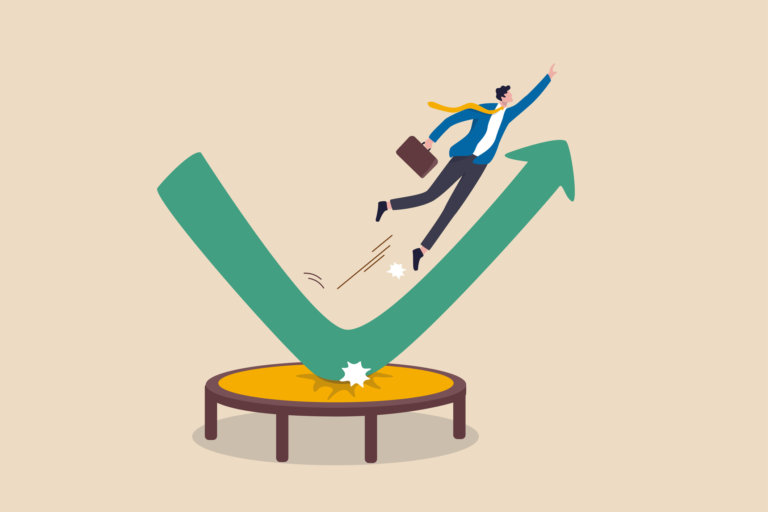Bounce rates are mysterious—nefarious, even! What could be causing people to click away from your fantastic website? How can you keep visitors on your website for longer? Many people don’t know that high bounce rates often aren’t cause for concern.
Google Analytics is loaded with useful data points that can help you make sense of how site visitors are engaging with your website. This data can tell you where a visitor came from, what devices they are using, how they found your site, and how they ultimately engage with your site.
But there are a few metrics that consistently provoke anxiety among attorneys when, in fact, with additional context, they aren’t all that alarming. In this article, we’d like to highlight two of those: bounce rate and time on site.
Here, we define bounce rate and time on site, explain why high bounce rates are not necessarily cause for panic, and offer four tips for improving your metrics.
What is a bounce rate?
A bounce is a single-page session on your site. It means that a visitor arrived at your website and then clicked away (bounced) without navigating to any other pages. In terms of Analytics, a bounce is calculated as a session that triggers only a single request to the Analytics server.
A website’s overall bounce rate is the number of single-page sessions divided by all sessions. In other words, bounce rate is the percentage of visits in which users only viewed a single page.
Bounce rate can tell you a lot about how well your content is performing. While a high bounce rate may be a problem, it is not necessarily so. Ultimately, you can only interpret a bounce rate in the context of the content and its goal.
What different bounce rates mean for your business
Let’s explore a few different scenarios where high bounce rates make sense. There are indeed plausible reasons why someone might leave your website after one page—and these have nothing to do with a bad user experience!
You answered all of their questions. If you provide comprehensive information on a single webpage, you deliver a ton of value with a single click. When the visitor does not need to click around to find what they need, the result is a high bounce rate. This is a good user experience.
The webpage has a contact form. If the landing page has a contact form that visitors are completing and then exiting, then a high bounce rate is normal. We typically expect a Contact page to have a high bounce rate. Visitors are either submitting the contact form or picking up the phone to call you.
It’s a blog post shared to a destination where readers are not actively looking for an attorney. As part of your content marketing strategy, you might be sharing links to your blog posts in newsletters or on social media. The truth is that not everyone who follows you will be actively involved in the attorney selection process. So, you may find high bounce rates on blog posts that are more informative or educational in nature.
Don’t forget average time on page
Now, let’s define one more important metric: “average time on page”.
Average time on page is a critical data point that sometimes worries attorneys we work with—and Google has a very nuanced way of calculating it.
When calculating average time on page, Google does not consider bounced visitors or those that exit from a page in that number.
So, if you have an awesome blog post that’s getting a lot of traffic but it also has a high bounce rate, you may not be getting an accurate number for time on page. Furthermore, this doesn’t mean that your page is not delivering value to readers.
Whenever you are assessing the performance of a webpage, it’s important to consider both the bounce rate and the average time on page metrics. A skilled marketer can help you interpret these data points correctly.
Four ways to improve rates
In general, if you want to improve both your bounce rate and time on page, consider the following:
- #1: Make sure your website navigation makes it easy for visitors to find what they’re looking for.
- #2: Make sure your content is easy to read and enjoyable. Yes, even legal content can be written in a way that engages.
- #3: Include links and relevant content throughout your content, so folks can easily find and engage with additional information.
- #4: For firms with more advanced marketing capabilities, personalization can help to increase engagement.
Review and next steps
A high bounce rate is not necessarily a reason to panic. In fact, a high bounce rate may be a sign that your content is performing well according to your business goals. You must consider average time on page, too, to form a clear picture of how your content is performing.
To improve these metrics, provide clear website navigation, easy-to-read content, lots of links and related content, and personalization. It’s important to get help interpreting metrics correctly.
Worried about your bounce rates? Get expert help understanding your analytics and crafting an effective content strategy. Reach out to the Omnizant team for a consultation and let us help you get the results you’re after.

